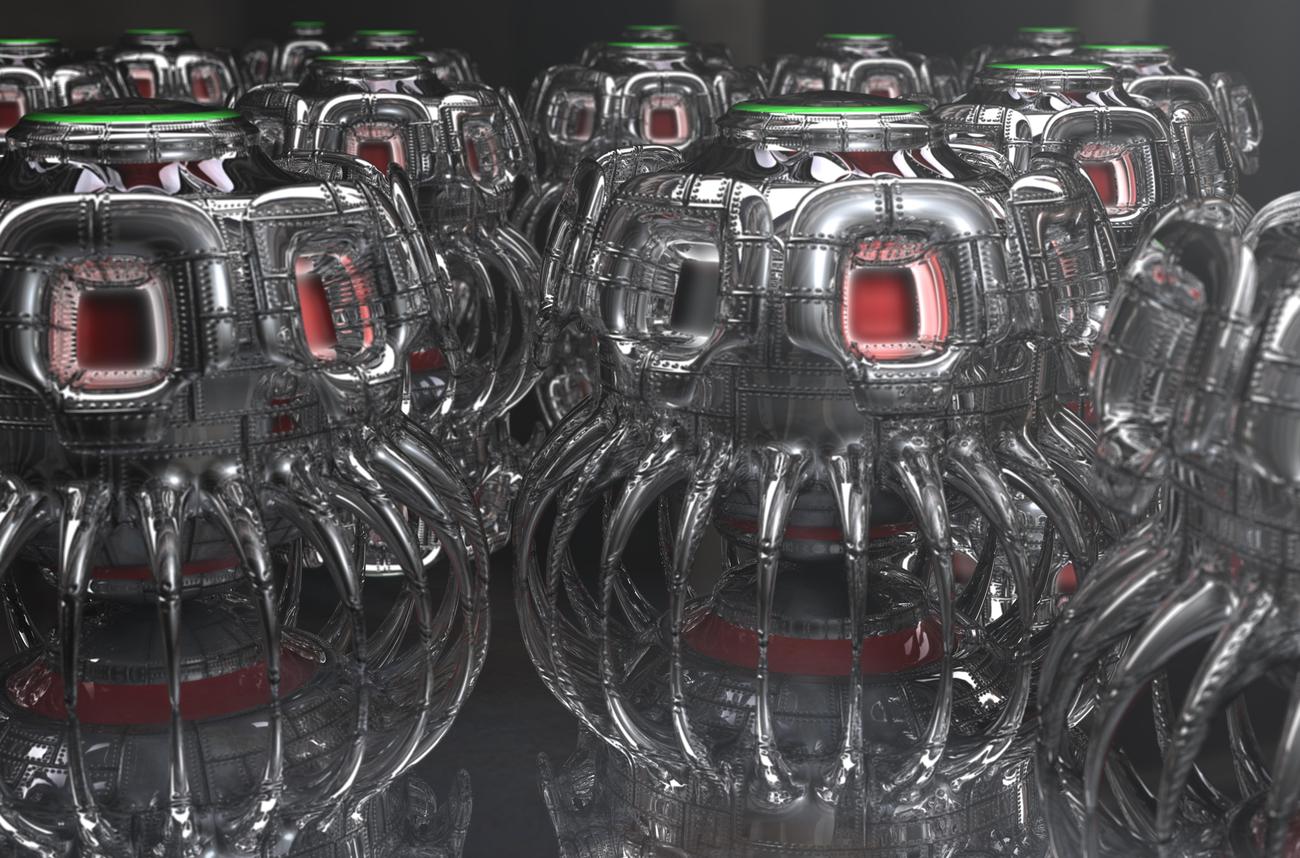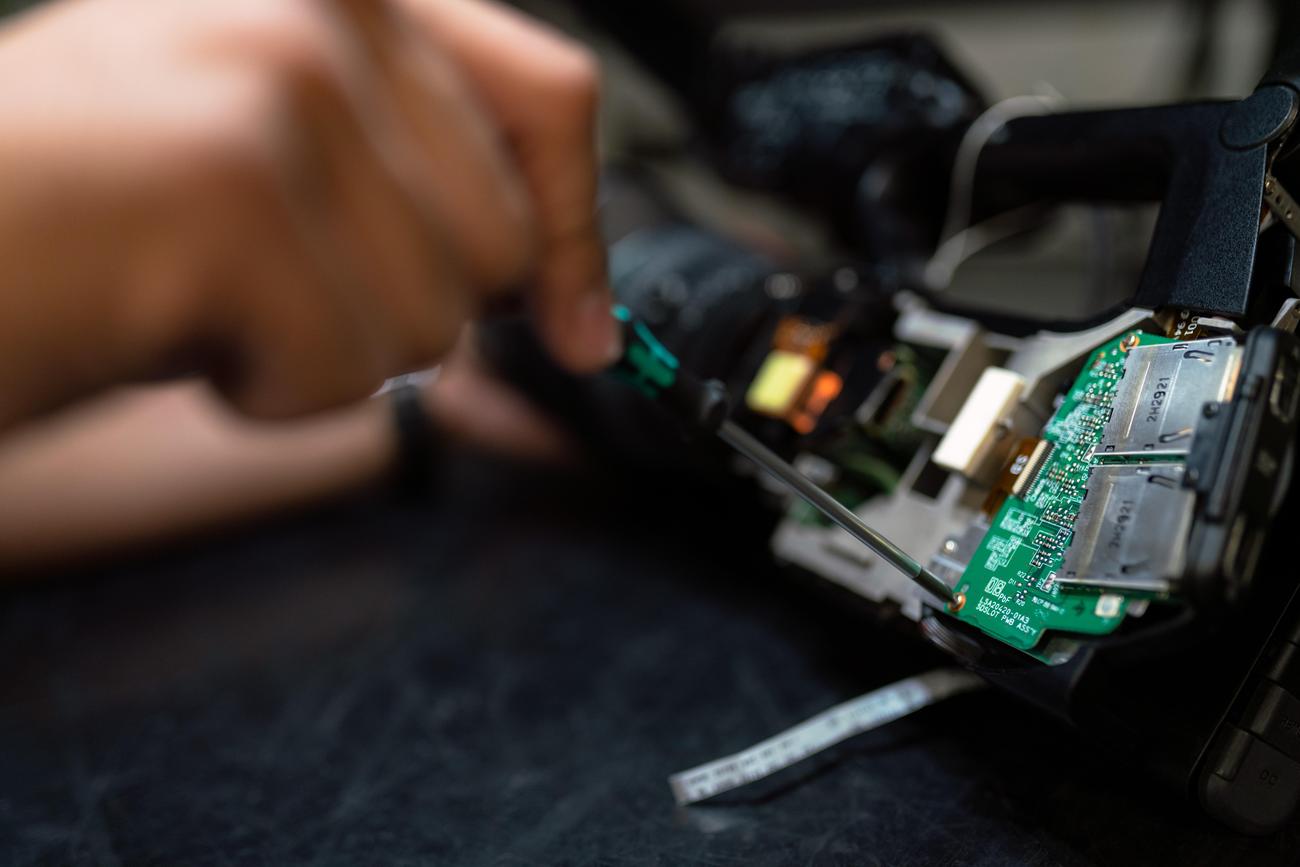Is your curiosity about mechanical engineering piqued? Prepare to have your mind blown as we delve into ten fascinating mechanical engineering truths! This article will take you on an exciting tour through the fascinating world of mechanical engineering, from the mind-boggling intricacy of intricate equipment to the creative advancements that power our modern world. Prepare to be astounded by the remarkable feats of engineering that affect our lives, whether you’re a seasoned engineer or just inquisitive about how things operate. Put on your safety harness and join me on this thrilling journey!

Entertaining Mechanical Engineering Facts: Unlocking the Wonders of Machines
I am a seasoned mechanical engineer who loves nothing more than to share my enthusiasm for the fascinating realm of mechanics with everyone who will listen. Come with me as we investigate the ingenuity behind the machinery we use every day and learn about the intriguing fields of mechanical engineering.
Fact 1: Mechanical engineering is one of the most varied engineering disciplines.
Mechanical engineering is a broad discipline with many different types of businesses and uses. Mechanical engineers are indispensable in a wide range of industries, from transportation and aircraft to robotics and energy infrastructure. Mechanical engineering’s wide range of specializations and applications makes it a fertile field for creative problem solution.
With a background in mechanical engineering, “you can explore diverse businesses and make a concrete impact on the world around you,” as one author puts it.
Fact 2: The original Ferris wheel was supported by two steel towers connected by a 45 ft (13.7 m) axle, making it one of the largest forged steel pieces ever.
Being a worldwide emblem of amusement parks, the Ferris wheel is a testament to mechanical engineering’s achievements. George Washington Gale Ferris Jr. created an engineering wonder when he constructed the first Ferris wheel at the 1893 World’s Fair Exhibition in Chicago. It was 264 feet in height and had 36 vehicles, each of which could hold 60 people. The enormous axle that joined the two steel towers was an impressive feat of engineering that attests to the inventiveness of those who work in the field of mechanical engineering.
“Can you fathom the level of inventiveness needed to plan and build something of that size while making sure the people living there are safe and comfortable?”
Fact 3: The word “engineering” comes from the Latin word which means ‘cleverness’.
The Latin word “ingenium” means “cleverness” or “ingenuity,” and this is where the English term “engineering” gets its origins. This link exemplifies the ingenuity and problem-solving skills that characterize engineering in general. Mechanical engineers, in particular, embody this ingenuity because of their dogged pursuit of novel answers to difficult problems.
“Engineering is not just about knowing how things work; it’s also about using your imagination and ingenuity to find novel approaches to old problems.”
Fact 4: The first machines created were the screw, wheel and axle, inclined plane, and pulley system.
The underlying ideas that constitute the basis of machines cannot be ignored when tracing their historical development. The screw, wheel and axle, inclined plane, and pulley system were the earliest examples of rudimentary machines. These discoveries paved the way for the countless complicated machinery used today. The history of mechanical engineering may be traced back to these fundamental machines, which range from the screws used to hold things together to the wheels that allow us to move about.
As with any building, the world of machines rests on the simple machines that are both elegant and functional.
Fact 5: Mechanical engineering students are often portrayed as being the “business kids” of the engineering world.
When it comes to bridging the gap between technical knowledge and practical application, mechanical engineering students are generally viewed as the “business kids” of the engineering world. Mechanical engineers are in high demand because they combine technical expertise with business knowledge in areas such as design, analysis, project management, and communication. Their notoriety is evidence of their versatility and ability to adapt to new situations.
Like Swiss Army knives, mechanical engineers can be put to use in a wide variety of settings due to their many transferable skills.
Fact 6: MEC 325 is a course that will change the way you think about design.
One subject in mechanical engineering curricula has become increasingly popular due to the profound effect it has on students’ perspectives on design. Students in MEC 325, a course on design thinking and innovation, are pushed to think creatively and find novel approaches to familiar problems. Students get new insights into engineering design principles through hands-on projects and imaginative problem-solving exercises.
For students, “MEC 325 is like a key that unlocks the door to an universe of inventive design thinking,” opening up new possibilities and allowing them to test the limits of what has been done before.
Fact 7: Mechanical engineering involves solving problems.
Mechanical engineering is, at its foundation, the study and practice of problem-solving. Mechanical engineers face problems head-on, coming up with creative solutions to things like creating more efficient engines and developing sustainable energy systems. Mechanical engineers play a crucial role in propelling development and new ideas forward due to their unique ability to study complicated systems, pinpoint weak points, and develop solutions.
With their analytical and technical prowess, mechanical engineers find solutions to complex problems and work to improve the world.
Fact 8: Mechanical engineering involves 3D printing.
The discipline of mechanical engineering has been profoundly impacted by the advent of 3D printing in recent years. Engineers are now able to develop complicated prototypes, fine-tune designs, and even manufacture components with extraordinary accuracy thanks to these advances in technology. New avenues for quick prototyping and customization have been created by the ability to translate computer models into actual objects utilizing a variety of materials.
With 3D printing, “digital thoughts can be transformed into physical items with extraordinary speed and precision,” as one mechanical engineer put it.
Fact 9: Mechanical engineering involves painting.
Even though it’s not the first thing that comes to mind when you hear the term “mechanical engineering,” painting is actually quite important in many different fields. Mechanical engineers routinely collaborate with painters on projects ranging from automobiles and airplanes to heavy machinery, making sure that the finished product is both functional and aesthetically pleasing. Understanding surface treatments and choosing the right coatings are crucial components of mechanical engineering.
“Much as an artist deliberates over what paints and brushes to use, mechanical engineers weigh the pros and disadvantages of various coatings and treatments for the surfaces of their products.”
Fact 10: Mechanical engineering involves working in various domains.
Mechanical engineers can work in any number of fields because their expertise is universal. Opportunities in automotive design, renewable energy, robotics, and aerospace are just some of the fields into which a mechanical engineering degree might lead. The adaptability and versatility of mechanical engineering is exemplified by the wide range of fields in which its concepts can be used.
A background in mechanical engineering “opens doors” to a wide range of fields where one might make valuable contributions.
As a conclusion, these fascinating mechanical engineering facts provide a glimpse into the world of machines and the marvels made possible by the brilliance of mechanical engineers. The fascinating history of mechanical engineering and its iconic monuments, such as the Ferris wheel, continue to attract and inspire modern engineers. The field of mechanical engineering is full of wonders to be discovered, so let’s dive in together.
To delve into these fascinating mechanical engineering facts is to develop a greater understanding for the wonders of human creativity and the boundless possibilities that lay inside the realm of machines.
FAQ
Question 1: What are some surprising facts about mechanical engineering?
Answer 1: Mechanical engineering is one of the most varied engineering disciplines, involving designing and troubleshooting complex machinery in various industries. The original Ferris wheel, for example, was supported by two steel towers connected by a 45 ft (13.7 m) axle, making it one of the largest forged steel pieces ever.
Question 2: Where does the word “engineering” come from?
Answer 2: The word “engineering” comes from the Latin word which means ‘cleverness’.
Question 3: What were the first machines created?
Answer 3: The first machines created were the screw, wheel and axle, inclined plane, and pulley system.
Question 4: Is mechanical engineering a math-intensive major?
Answer 4: Contrary to popular belief, mechanical engineering is less math-intensive than other college majors, although a strong foundation in mathematics is still essential.
Question 5: What aspects of mechanical engineering provide opportunities for fun and creativity?
Answer 5: Mechanical engineering involves 3D printing, working with hands, painting, and working in various domains, offering opportunities for fun and creative problem-solving.
- China II Review: Delicious Food & Speedy Service - April 17, 2025
- Understand Virginia’s Flag: History & Debate - April 17, 2025
- Explore Long Island’s Map: Unique Regions & Insights - April 17, 2025
















